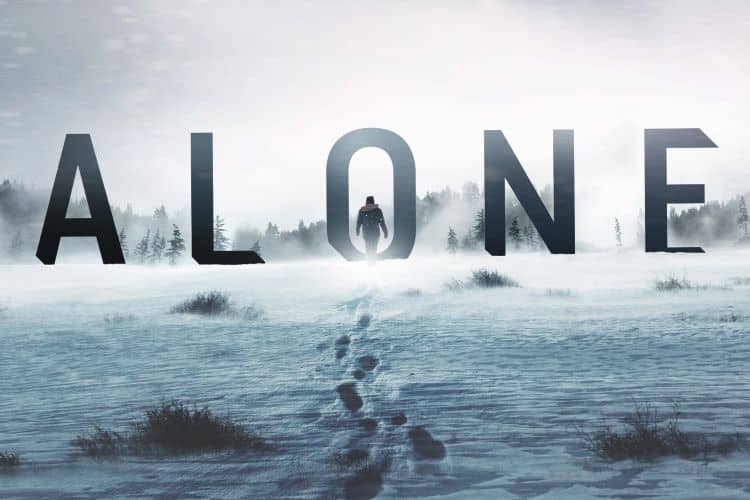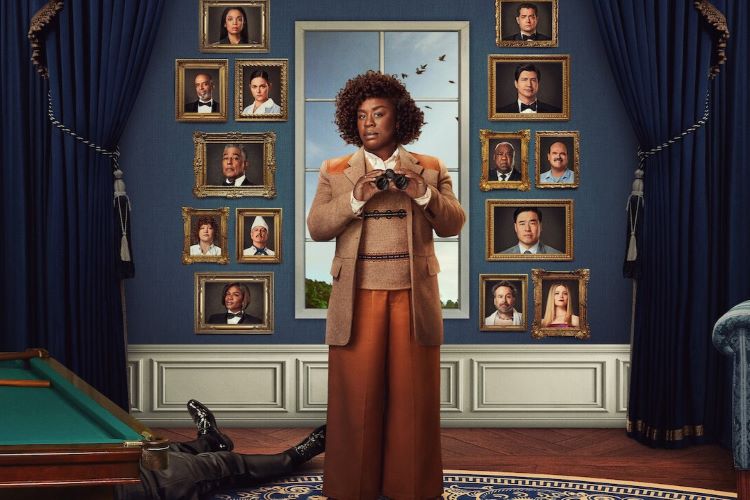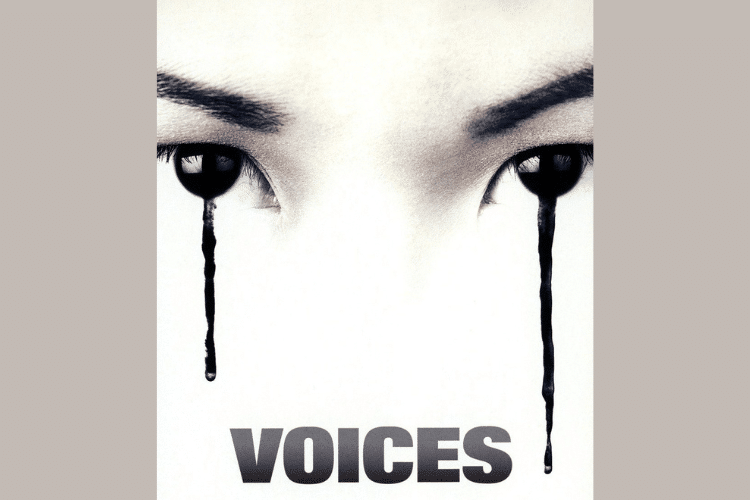Survival Reality TV
Normally, my reality TV consumption is restricted to polite, heartwarming Brits making delicious baked goods or doing fun make-up. But I’ve found myself getting into the brutal world of Alone. This History Channel original series could not be less comforting or gentle.
Alone follows 10 contestants, dropped into the wilderness with minimal supplies. Each season is in a different location, but all are remote, and contestants have no contact with each other or anyone else. Hence, obviously, the name of the show.
The goal is to survive in the wilderness the longest. Those who have had enough can call in a rescue team at any time. There are also regular health checks, and contestants are sometimes removed if the medical team decides they should not continue.
This all sounds very dangerous because it is. I’ve seen two widely separated seasons – the first and the ninth. It’s clear that the rules and gear have evolved over the seasons, and the contestants have become more strategic and knowledgeable. Not surprising since they’ve had the chance to watch previous seasons.
The main challenges for the contestants on Alone are finding food and fresh water, making shelter, learning their site (and its possible predators), and finding a way to deal with isolation. Some tap out (that’s the term they use when they choose to call for extraction) after less than a day, others make it many, many weeks.
The show warns of graphic content, and they aren’t kidding. The contestants do their own filming and when they hunt or fish, they often show the preparation of their meals. I did do a little eye-closing on occasion, but it isn’t gratuitous as long as you know to expect it.
I think what intrigues me about Alone is the personality diversity among the contestants. While the winner receives $500,000, the folks who attempt this challenge have all sorts of other reasons for being there. For some it’s a test of their survival skills, for others, it’s a more spiritual journey, and for more than a few, it’s a path to a better life for their families.
They may look similar, but once they’ve spent a little time on their own, they start to come out of their shells as they film. The camera is company, of a sort. They talk to it and show us what it’s really like to fend for yourself in an unforgiving environment. No matter how well-trained or prepared they think they are, there are plenty of surprises offered up by the wild.
If you’re looking for head-to-head competition, Alone may not be your jam. The contestants don’t see each other and do not know how many are still in the wilderness. This is all about each individual surviving as well as they can with the resources they can find at their site.
These people grow on you as their walls come down. They’re no longer the stereotypes they present at the outset and become much more vulnerable and open. I ended up rooting for all of them.
I watched Season 9 of Alone on Netflix. It’s one of the shows that the streamer brings aboard a season or two at a time. The rest is available on the Roku Channel, Freevee, and various other platforms. There are 10 seasons so far (with season 11 announced), as well as some international versions (including Australia and Denmark which are ongoing) and other spin-offs. If you’re interested in wilderness survival, give Alone a try.

Sue reads a lot, writes a lot, edits a lot, and loves a good craft. She was deemed “too picky” to proofread her children’s school papers and wears this as a badge of honor. She is also proud of her aggressively average knitting skills She is the Editorial Director at Silver Beacon Marketing and an aspiring Crazy Cat Lady.




